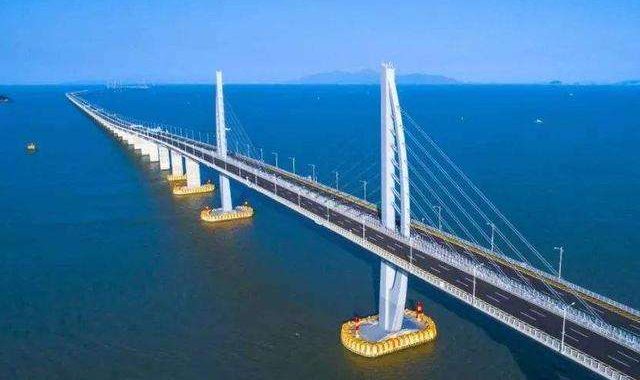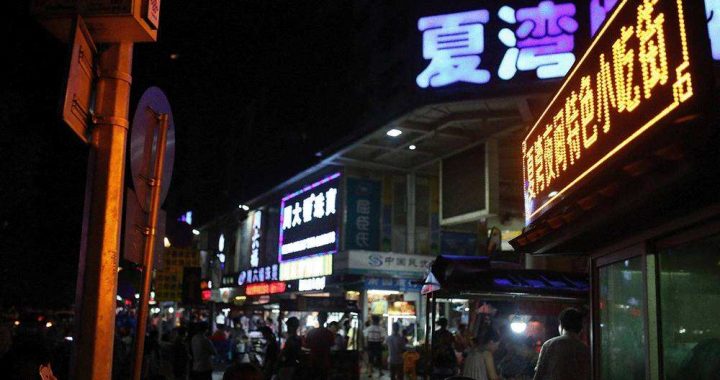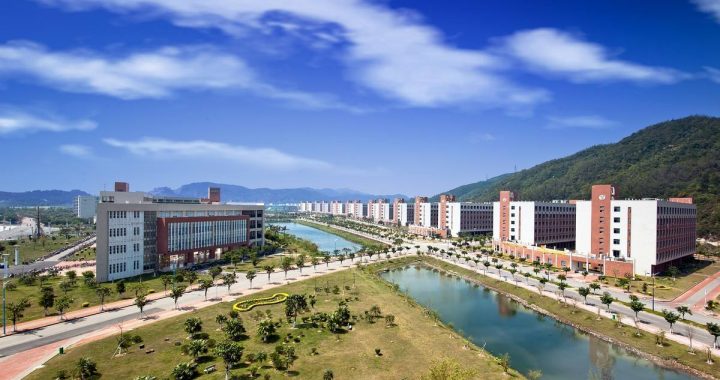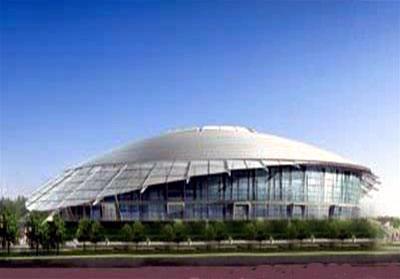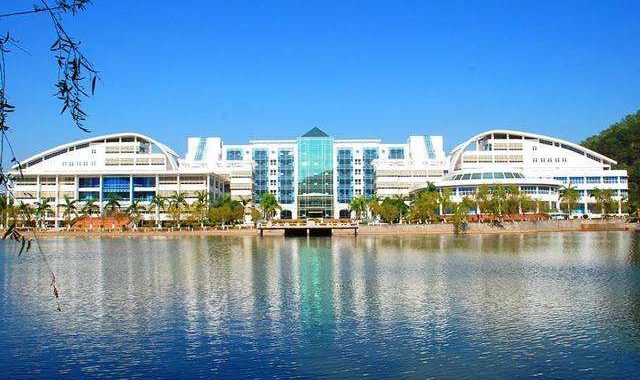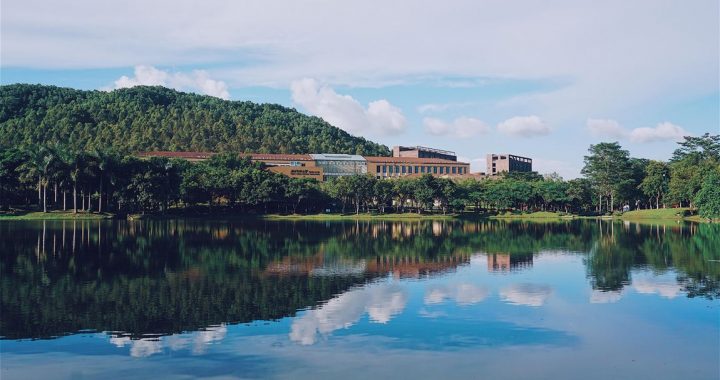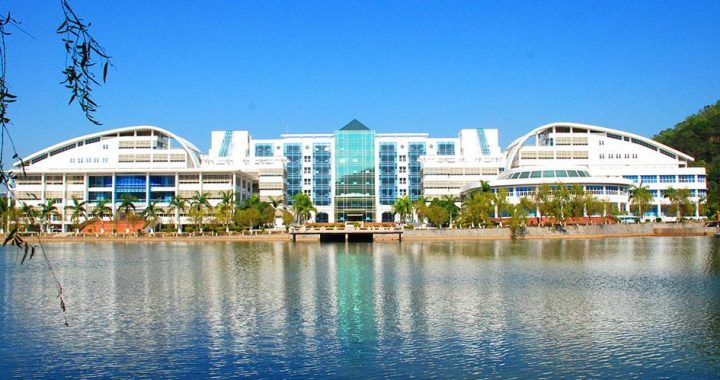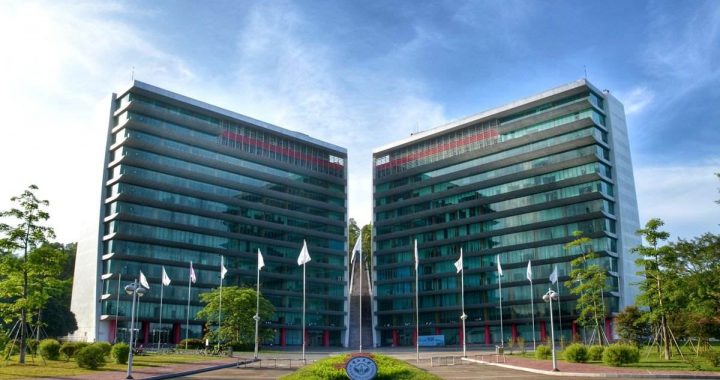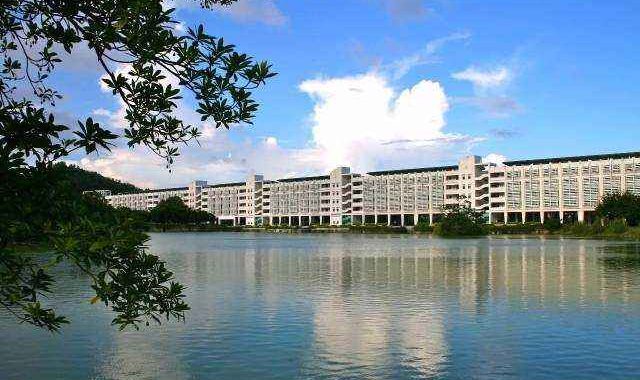BRIDGING THE GAP
3 min readThe Rise of Guang dong-Hong Kong-Macao Greater Bay Area Truth be told, one needs only to glance at the map to get a feel for this dazzling archipelago’s importance-topographically speaking-and to ride over one of its many bridges only serves to compound the hunch that this sleepy collection of stunning fishing villages and pristine beaches is somewhat of a sleeping dragon. The island’s time is coming, and the time to invest, insiders would say, is most certainly now.

The Ocean Engineer-Gaolan Port Gaolan Port Economic Zone (GPEZ) pgraded to a national Economic& Technological Development Zone in 2012, GPEZ possesses the largest terminals of liquid chemicals and bulk cargos in the Pearl River Delta, and is bestowed with unique national conditions ideal for constructing a 300,000-ton terminal. As one of the main chemical industry clusters of Guangdong Province, it is becoming world-level shipbuilding and ocean engineering equipment manufacturing base, a state-level, clean energy and petrochemical base, and a regional port logistics center.

The opening of the Guangzhou-Zhuhai Railway and Gaolan Port Expressway in 2012 further enhanced the potentials of the port in its development of a variety of harbor industries covering fine chemical engineering and new materials manufacturing, clean energy, and advanced offshore equipment manufacturing The sizzling vitality of the port has drawn Fortune Global 500 enterprises such as BP, SANY, Shell, Lubrizol, Solvay, Hutchison Whampoa, as well as a host of big shots including CNOOC, Petro China SinoChem and COSCO, making the area a potent energy field on the west bank of Pearl River.
To fully appreciate the huge scale and world-class nature of the “Guangdong-Hong Kong-Macao Greater Bay Area” strategy and its enormous implications, it is useful to take a quick look at the world’s other “top three” bay economies, serving as a convincing analogy.

Located in the southern Kanto region of Japan and encompassing several of its most important ports, Tokyo Bay is the most populous and largest industrialized area in Japan, contributing a whopping 40% of the national GDP. New York Bay, surrounding the mouth of the Hudson River feeding into the Atlantic Ocean, and the San Francisco Bay Area, surrounding the San Francisco, San Pablo and Suisun estuaries in the northern part of California, contribute8% and 5% respectively to the economy of the United States.

With China rising as the world’s second largest economy, specialists ask the question: where is the “bay economy” of this economic powerhouse in the Orient? The newly opened Hong Kong-Zhuhai-Macao Bridge leads to a compelling answer. The ocean-crossing span further clarifies the scope and potential of the ambitious Guangdong-Hong Kong-Macao Greater Bay Area scheme, announced to the world by the Chinese Central Government in 2017 and putting Zhuhai into the limelight of the world’s “bay economy arena”. Such a new perspective and commitment, together with the”super bridge”waltzing on the expansive sea, promises to provide significant macro socio-economic benefits for the Greater Pearl River Delta(PRD)Region including Hong Kong.
This super bridge utterly alters the previous, long-accepted condition of the transport linkage between Hong Kong and Pearl River West, which will now rely mainly on water transport and shortens the overland distance from Hong Kong to Macao and Zhuhai from 160 to 30 kilometers, reducing the journey time to within half an hour. As a result, Pearl River West now lies within the 3-hour transport network that radiates from Hong Kong as its center.

By slashing travel times between the eastern and western banks of the Pearl River Delta, less-developed parts of southern China will gain improved access to global markets through Hong Kong. In addition, Hong Kong will benefit from this project in the long term, through the enhanced flow of labor and goods between China and the rest of the world. The consensus is that the bridge will encourage deeper economic integration between Hong Kong and the Pearl River Delta Region, creating more employment opportunities and reducing carbon emissions by 1000+ tons per day. For tourists visiting the PRD region, the beautiful curve placed in between the sky and the sea increases the opportunity of visiting Macao and the western part of Guangdong by road or by rail on top of visiting Hong Kong. In this manner, the new multi-destination itineraries will definitely enhance the tourist experience in the region.
All in all, the intoxicating beauty of this new, sea-crossing “ribbon” encapsulates the infinite future of a city whose time has come.
